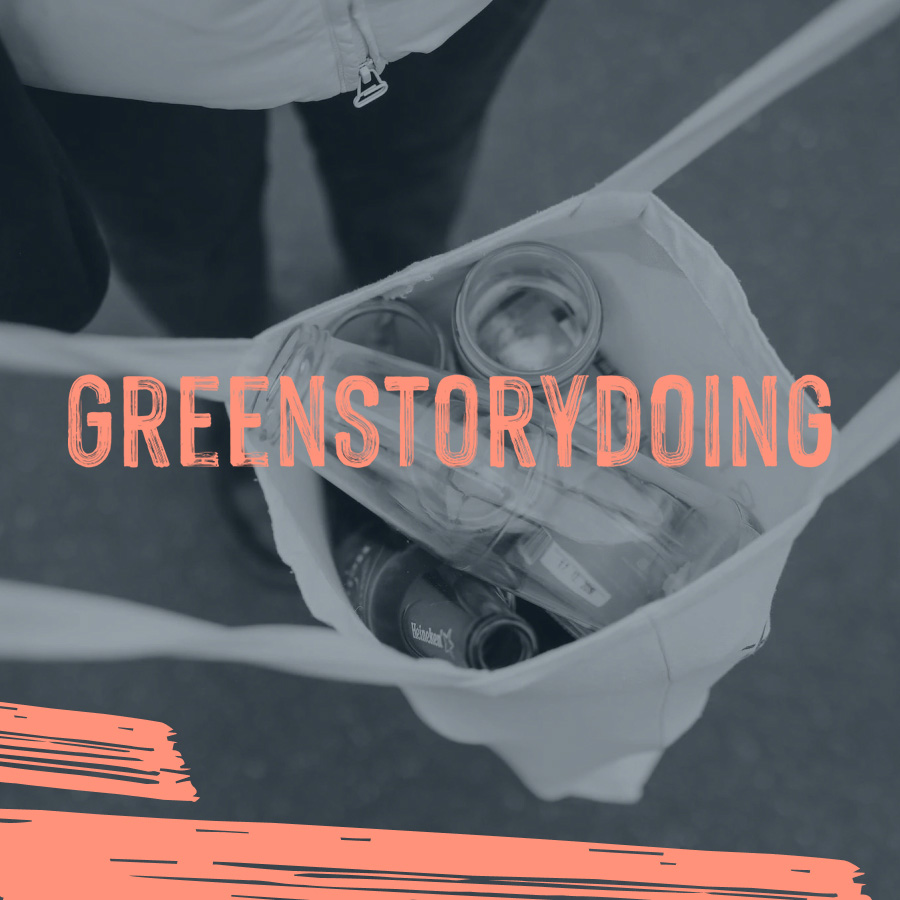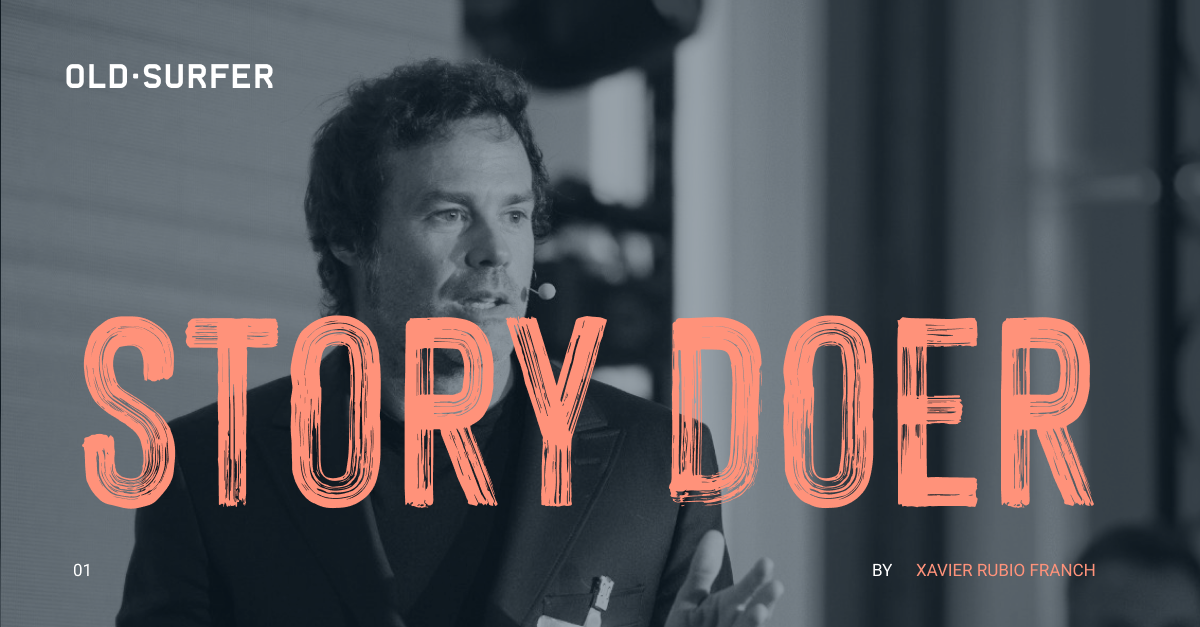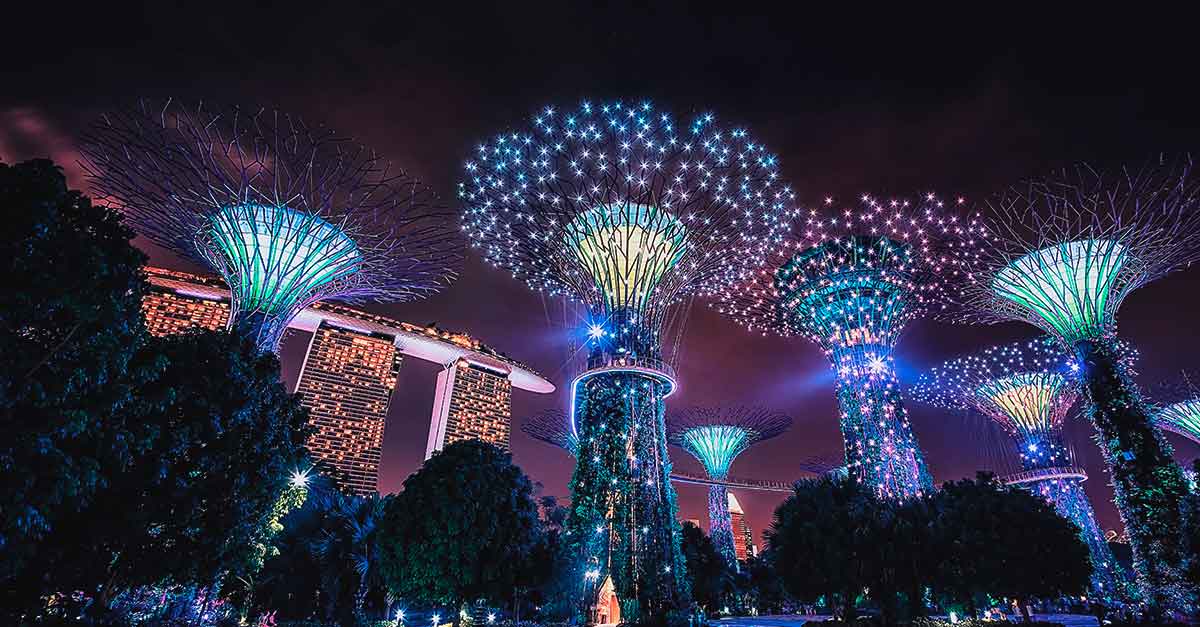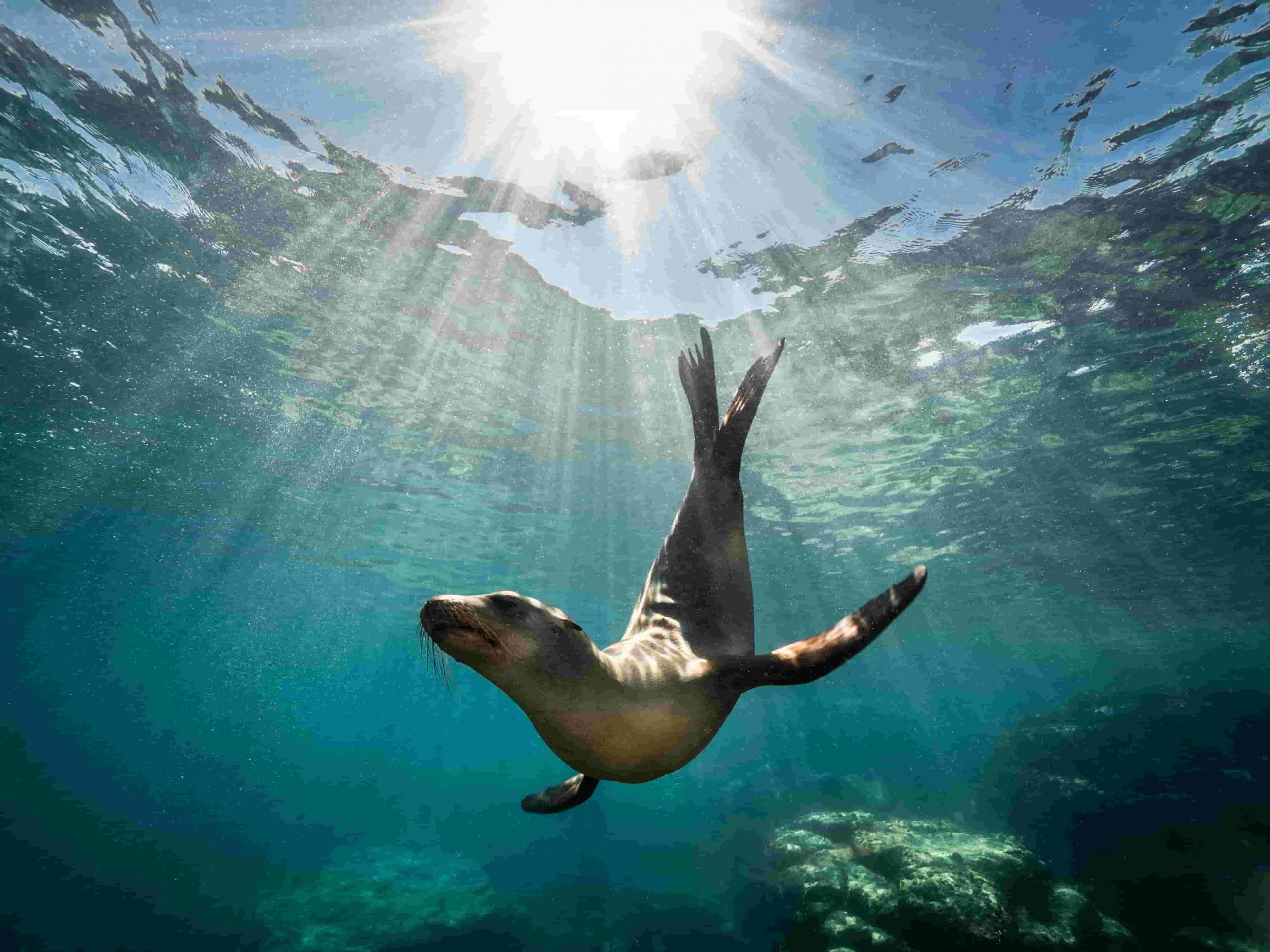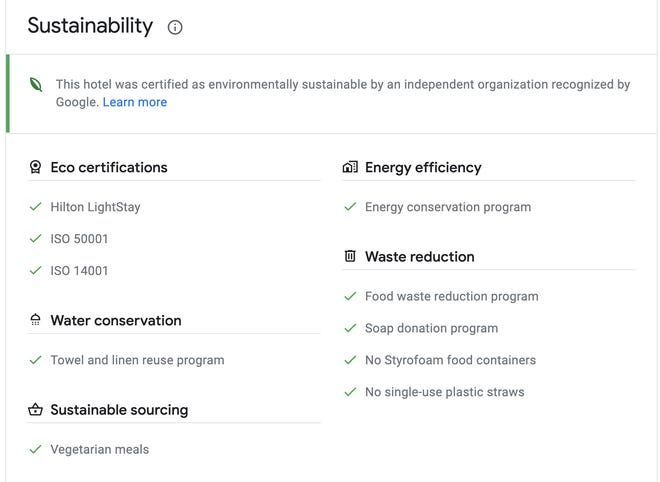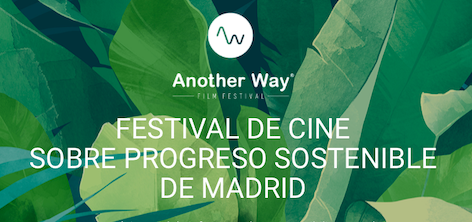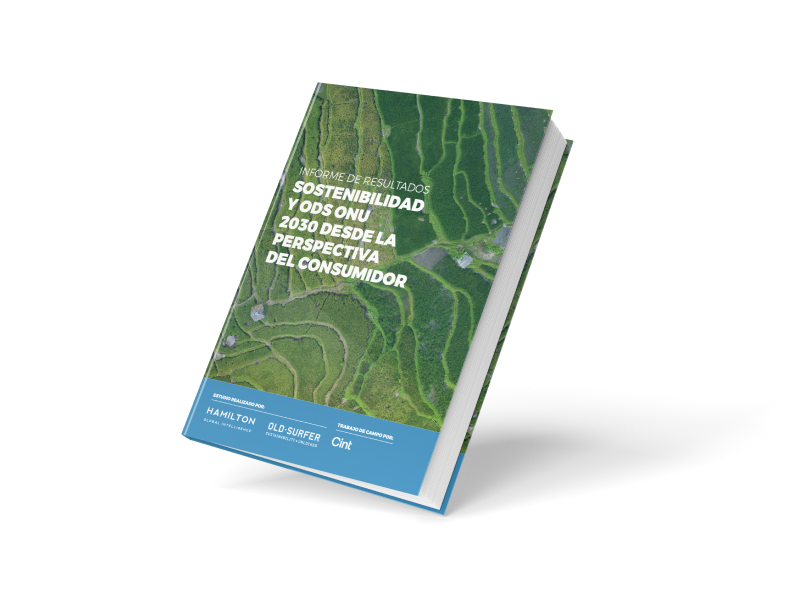
We are in the midst of a huge global and economic sustainability transformation that is as profound as the Industrial Revolution. Change is happening quickly, most companies and brands are engaged with this transformation, and so many companies are doing great work.
The same leaders of the Industrial Revolution, Europe and the United States, are also leading the sustainability transformation. While the Industrial Revolution occurred over approximately 100 years, the sustainability transformation is happening much more quickly because we are globally connected. The speed of change can make it difficult for consumers to know exactly where in this transformation a given company may be. For instance, today it is difficult for consumers to make sense of the many labels describing environmental performance of products (both goods and services) and companies. I’ve identified key concepts that are crucial in determining exactly where in the sustainability transformation a brand, company, or country is at any point in time.
As I shared in my website blog, greenwashing, a term coined nearly 40 years ago, describes the way companies exaggerate about their environmental credentials. In the European Union, it was recently found that nearly half of the “green online claims” being made by companies were exaggerated, deceptive, or false.
On March 23, 2023, the European Union proposed the Green Claims Directive, which is designed to bring clarity to companies’ environmental claims and to address greenwashing. Consumers will be able to make better informed purchasing decisions with credible and trustworthy environmental labels. These changes will also boost the competitiveness of businesses who seek to increase the environmental sustainability of their products and activities.
As greenwashing companies have begun to face consequences for their choices, greenhushing has surfaced in response to the growing level of scrutiny. Rather than face such unwanted attention, other companies intentionally stay quiet about their environmental accomplishments. While greenhushing companies may appreciate a sense of protection from scrutiny, ultimately, this behavior isn’t helping consumers, may impact credibility, and may slow the broader sustainability transformation. Communicating about accomplishments is crucial to driving further transformation.
I propose that the next logical step in this evolution related to how companies respond to pressures from consumers, regulations and legal challenges is Green StoryDoing.
Green StoryDoing is a credible and creative solution for the current phase of the sustainability transformation. StoryTelling is a well-known marketing term and its extension, StoryDoing, is less common. I’ve created Green StoryDoing by applying StoryDoing specifically to sustainability; it’s about taking action and also provides a framework for companies to communicate about their sustainability-related credibility and accomplishments.
My observation is that companies who have continued to use traditional marketing strategies can fall into greenwashing without realizing it. When they seek my expertise in sustainability, I guide them through the transition from unintentional greenwashing to Green StoryDoing.
Through this process, we have defined the following 4 aspects of Green StoryDoing projects:
- Identify the tension to be resolved and design a project to address this tension based on the UN Sustainable Development Goals; follow established sustainability approaches for achieving goals.
- Establish credibility by initiating a relationship with an endorsing partner, such as the UN and/or foundations.
- Develop a succinct, powerful headline to describe the project.
- Celebrate and communicate the project’s success, while inspiring future actions.
In conclusion, this credible, powerful, creative solution provides a framework for companies to take action and direct their resources toward empowering consumers to make sustainable purchasing choices. Green StoryDoing also allows companies to proudly communicate their sustainability successes, generating confidence in consumers while inspiring others in the process.
The time for Green StoryDoing is now!
Discover more in greenstorydoing.com


